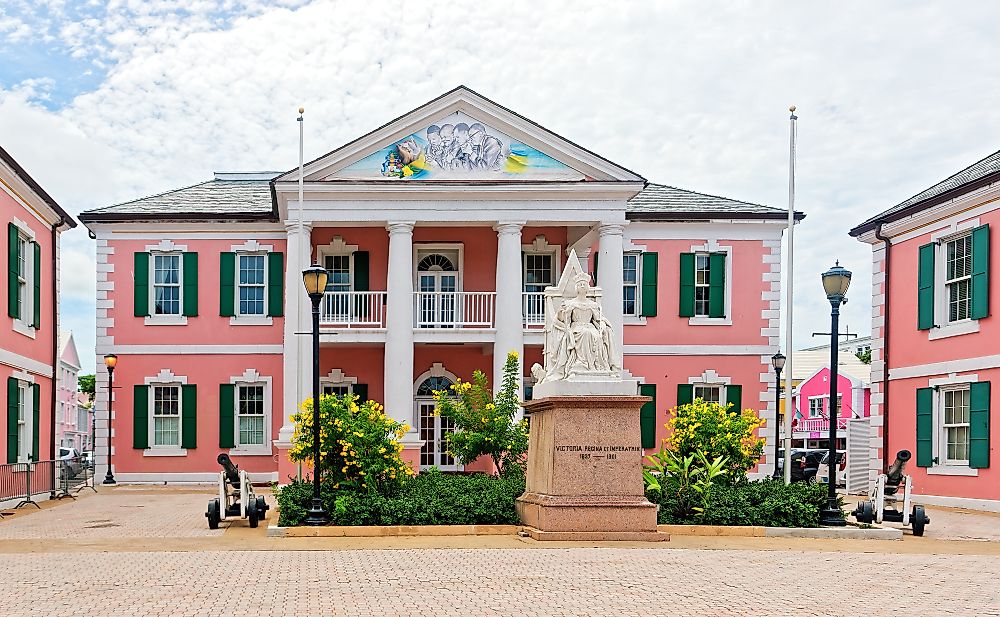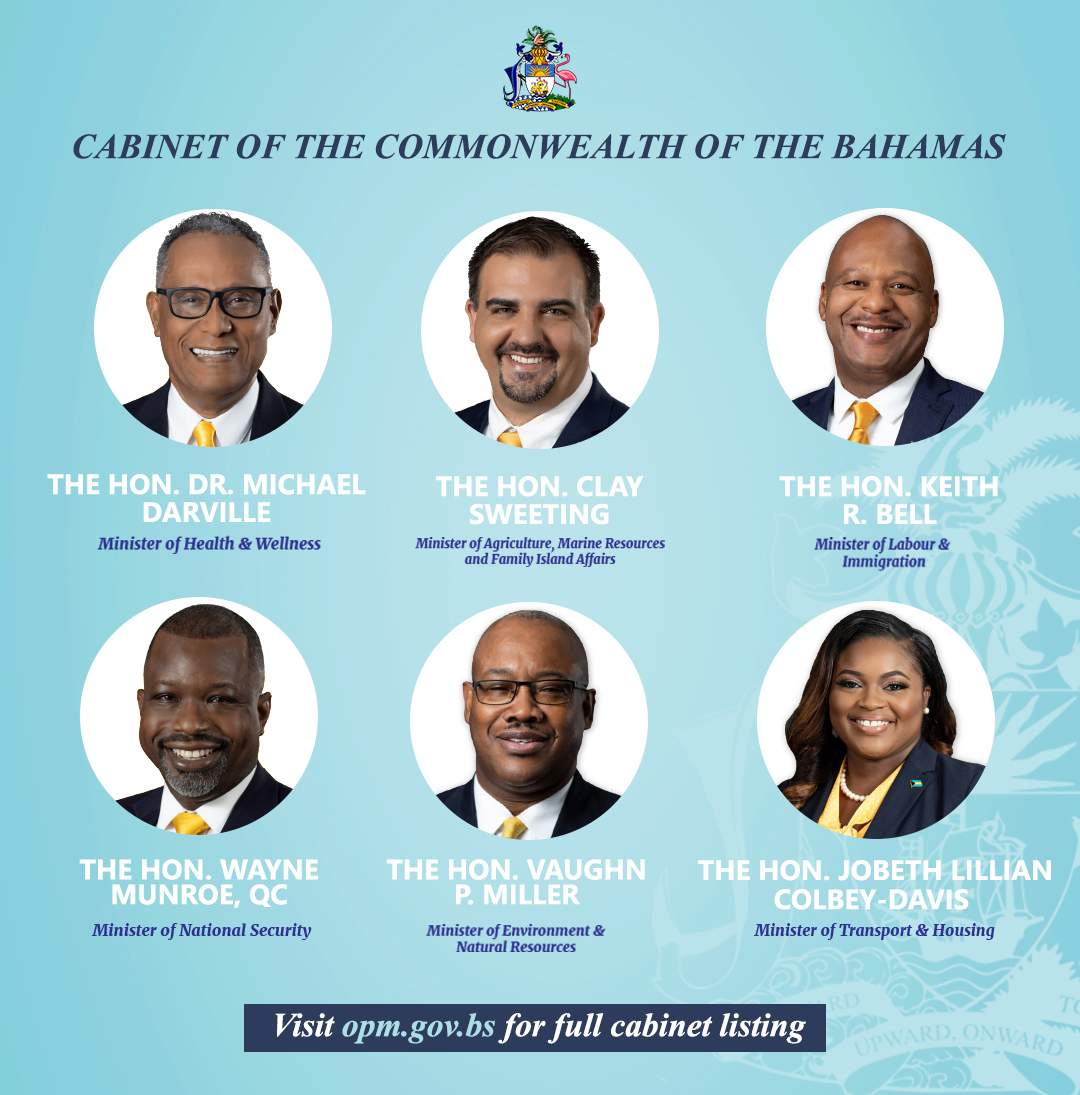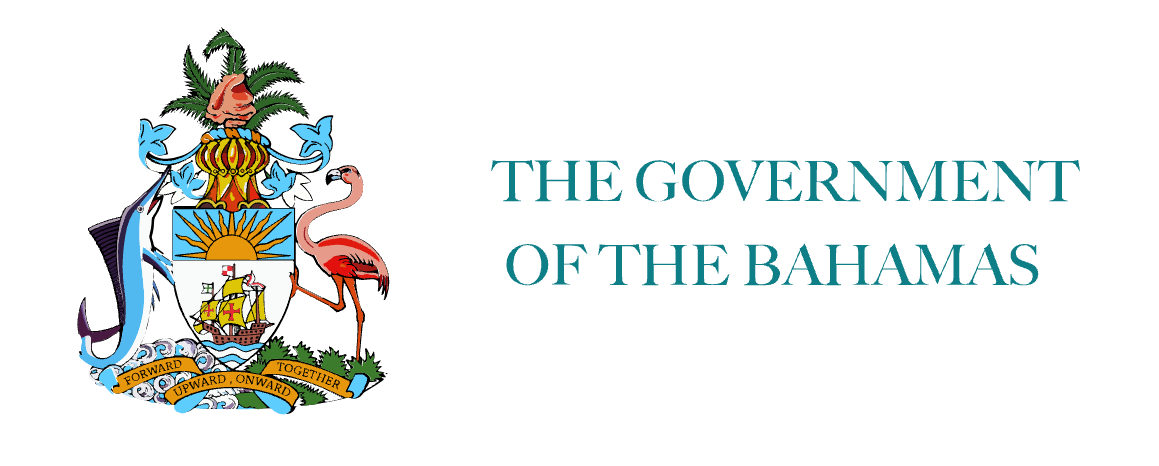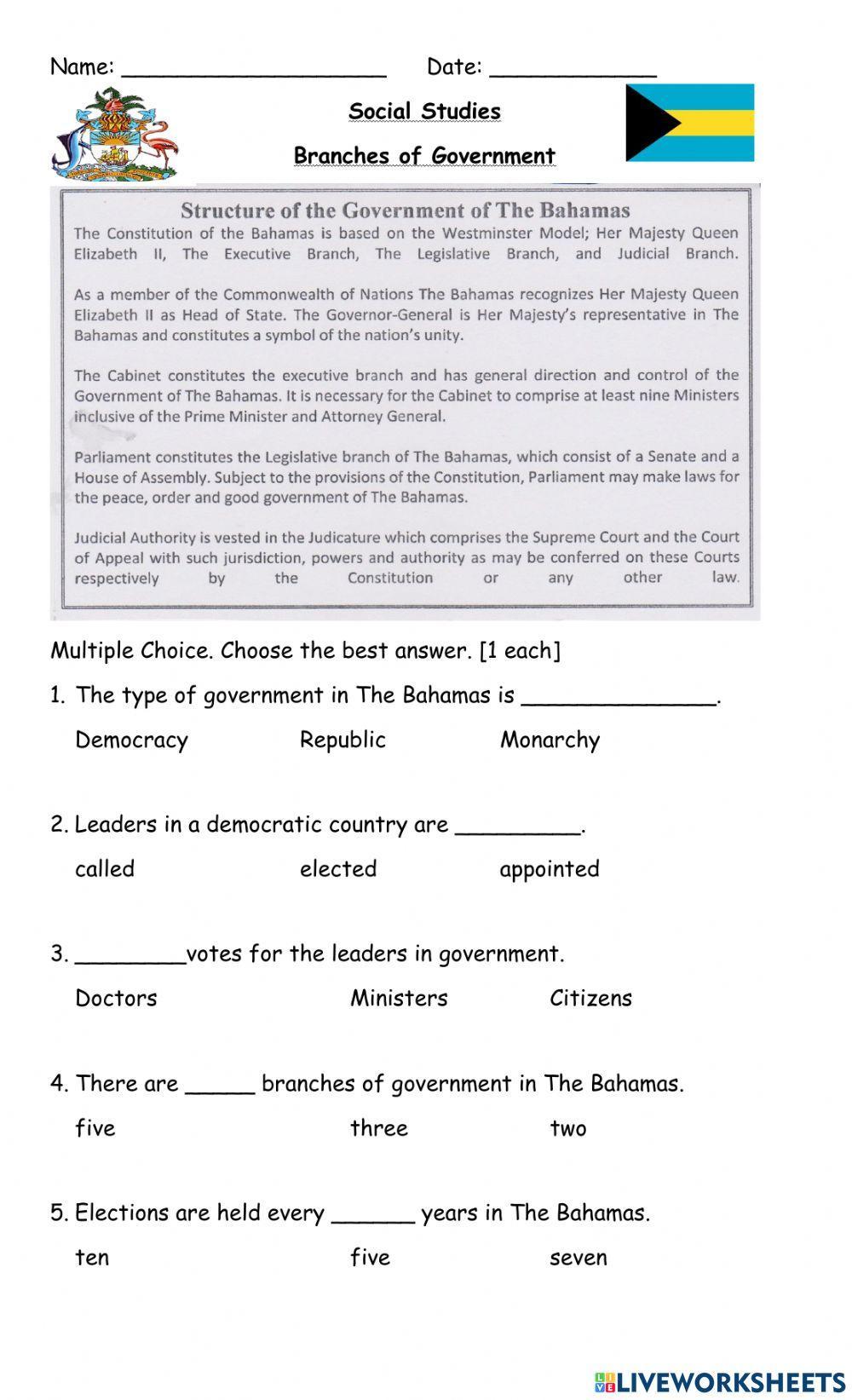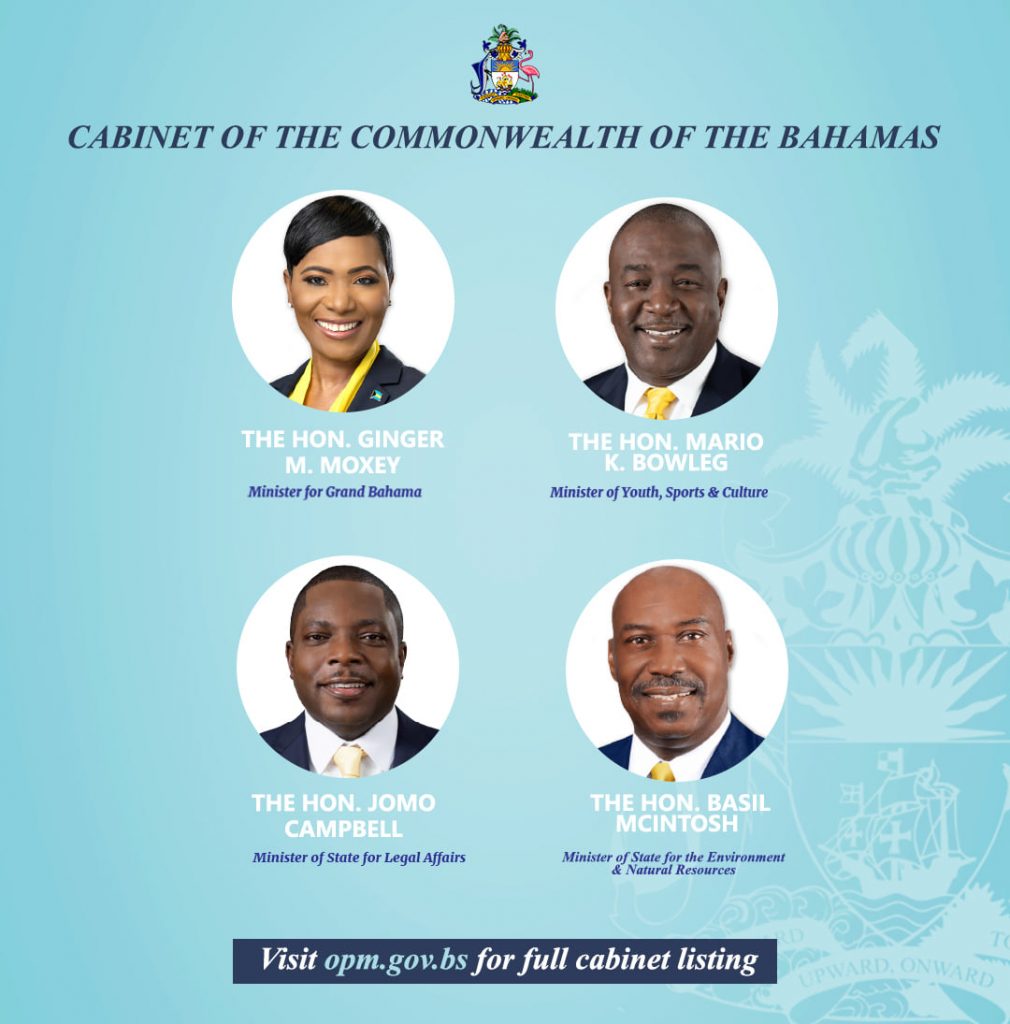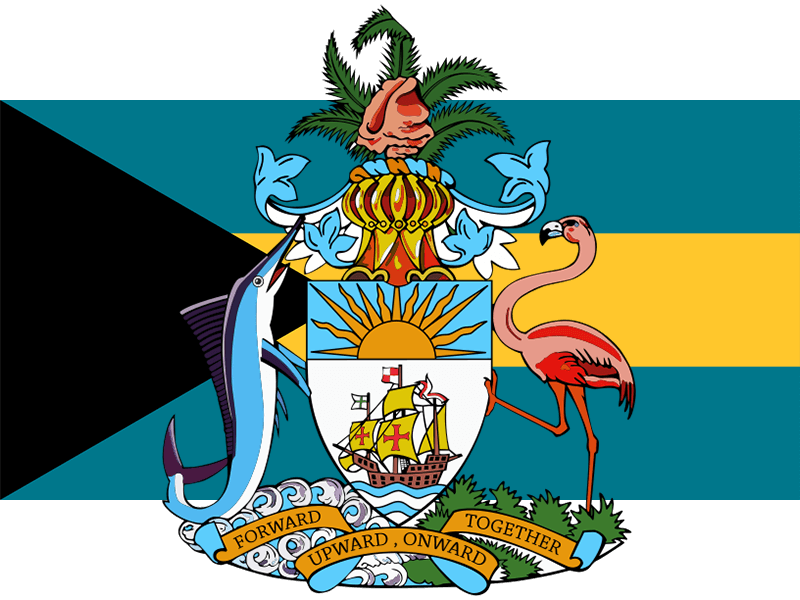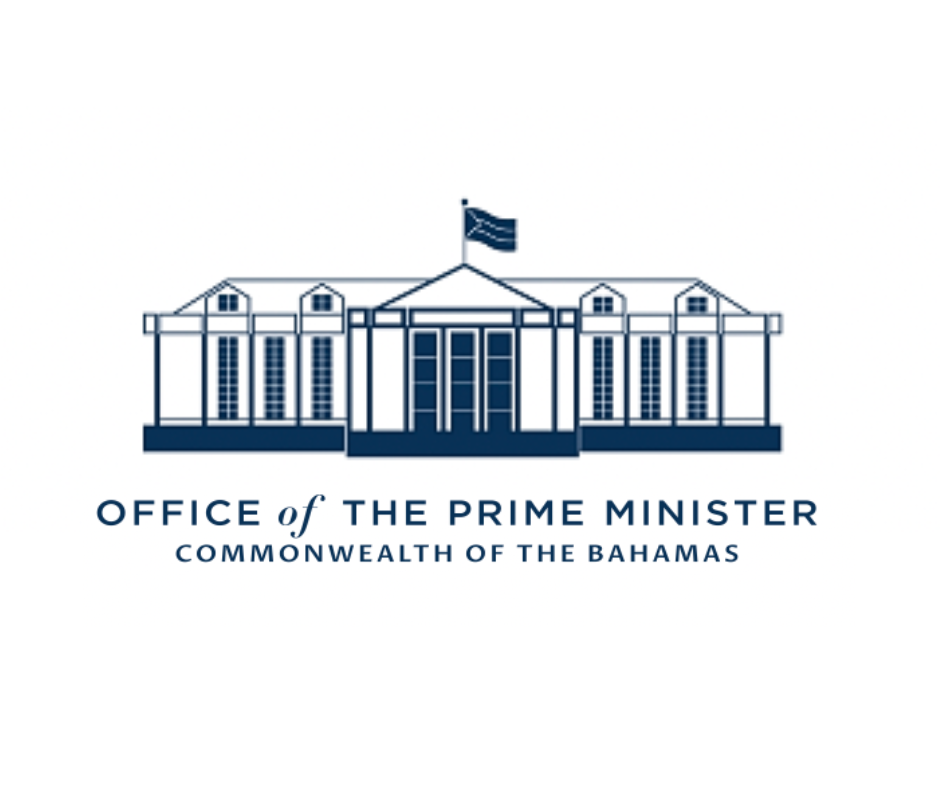What Type Of Government Does The Bahamas Have
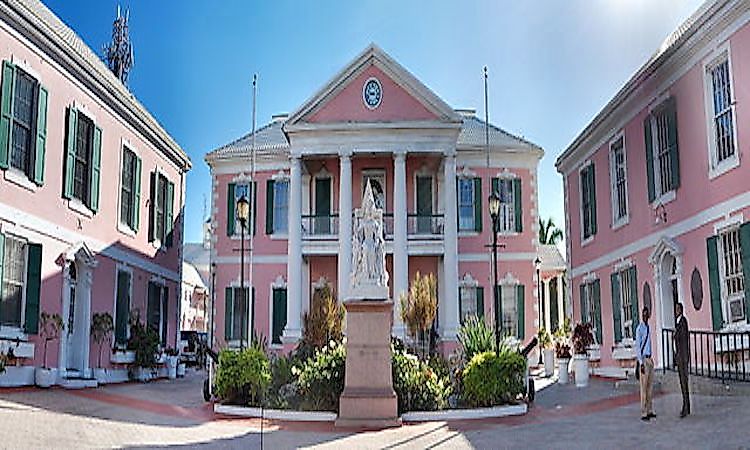
Amidst the turquoise waters and sun-kissed beaches, the political landscape of The Bahamas operates under a system often misunderstood. While images of relaxation and luxury dominate perceptions, the Bahamian government navigates the complexities of a parliamentary democracy, grappling with issues of governance, representation, and economic development.
This article will delve into the intricacies of the Bahamian governmental structure. This article aims to clarify its key components, exploring the roles of its major institutions, and highlighting some of the current challenges and future prospects facing this island nation’s political system. Understanding the nuances of this system is crucial for anyone seeking a deeper knowledge of The Bahamas beyond its tourist appeal.
A Constitutional Monarchy: The Framework
The Bahamas operates as a constitutional monarchy with a parliamentary system. This means that while Queen Elizabeth II (represented by a Governor-General) is the Head of State, the real political power rests with an elected Parliament and a Prime Minister. This model is inherited from its colonial past under British rule.
The Bahamas Independence Order of 1973 established this framework upon gaining independence. The Constitution serves as the supreme law of the land, outlining the rights and responsibilities of citizens and the government.
The Governor-General: Head of State
The Governor-General is appointed by the Queen on the advice of the Bahamian Prime Minister. Their role is largely ceremonial, representing the Queen in The Bahamas and performing functions such as opening Parliament and giving assent to legislation.
However, the Governor-General also holds reserve powers that can be exercised in certain constitutional crises. This includes the power to dissolve Parliament and appoint a Prime Minister.
Parliament: The Legislative Branch
The Parliament of The Bahamas is bicameral, consisting of a Senate and a House of Assembly. This structure is designed to provide checks and balances within the legislative process.
The House of Assembly is the lower house, with members directly elected by the Bahamian people to represent constituencies. It is the primary law-making body.
The Senate is the upper house, with members appointed by the Governor-General. These appointments are made on the advice of the Prime Minister and the Leader of the Opposition, ensuring representation from both the ruling party and the opposition.
The Senate reviews legislation passed by the House of Assembly and can propose amendments. This process ensures a broader perspective on proposed laws.
The Prime Minister and Cabinet: The Executive Branch
The Prime Minister is the head of government and is appointed by the Governor-General. The Prime Minister is usually the leader of the political party that commands a majority in the House of Assembly.
The Prime Minister selects a Cabinet from among the members of Parliament. The Cabinet is responsible for the day-to-day administration of the government.
The executive branch is responsible for implementing and enforcing laws, managing the economy, and conducting foreign relations. They are accountable to the Parliament.
The Judiciary: Upholding the Law
The Bahamian judicial system is independent of the executive and legislative branches. It is responsible for interpreting the law and ensuring that justice is administered fairly.
The judicial system includes a Magistrate's Court, a Supreme Court, and a Court of Appeal. The final court of appeal is the Judicial Committee of the Privy Council in London.
This system ensures adherence to the rule of law and protects the rights and freedoms of citizens.
Political Parties and the Electoral System
The Bahamas has a multi-party system, with two major political parties dominating the political landscape. These are the Progressive Liberal Party (PLP) and the Free National Movement (FNM).
Elections are held at least every five years, using a first-past-the-post system. The candidate with the most votes in each constituency wins a seat in the House of Assembly.
Smaller parties exist, but they often struggle to gain significant representation. The political discourse often revolves around issues of economic development, social welfare, and national identity.
Challenges and Future Prospects
The Bahamian government faces several challenges, including economic vulnerability to tourism fluctuations. This is coupled with the impacts of climate change and the need for economic diversification.
Corruption and transparency are also ongoing concerns. Strengthening governance and promoting accountability are essential for sustainable development.
Looking forward, The Bahamas is exploring opportunities in areas like renewable energy and financial services. This is to create a more resilient and diversified economy.
The nation's commitment to democratic principles and its engagement with international partners will be crucial. This will help to navigate these challenges and ensure a prosperous future for The Bahamas.
Furthermore, the younger generation's involvement in politics and their drive for innovative solutions. This will likely shape the future of governance in The Bahamas.
In conclusion, the government of The Bahamas, while rooted in a constitutional monarchy, functions as a dynamic parliamentary democracy. It is constantly adapting to the evolving needs and challenges of a small island nation in the 21st century.
